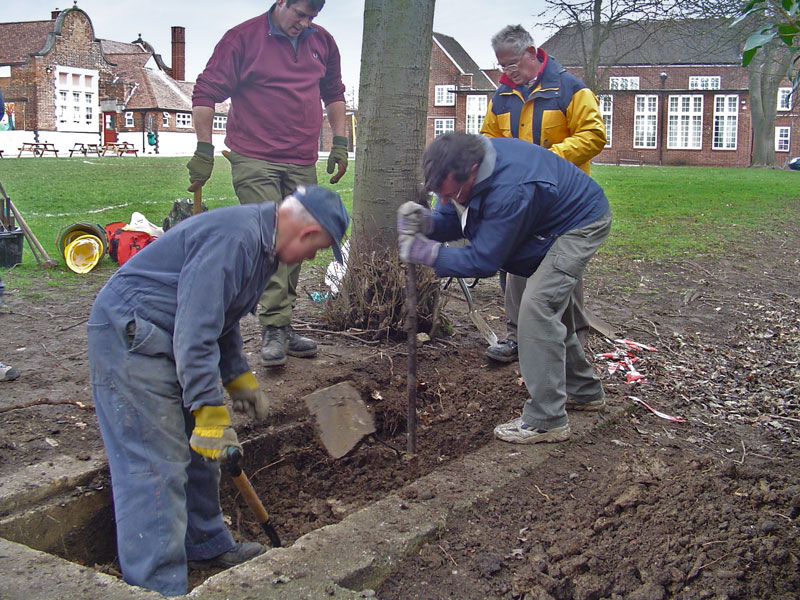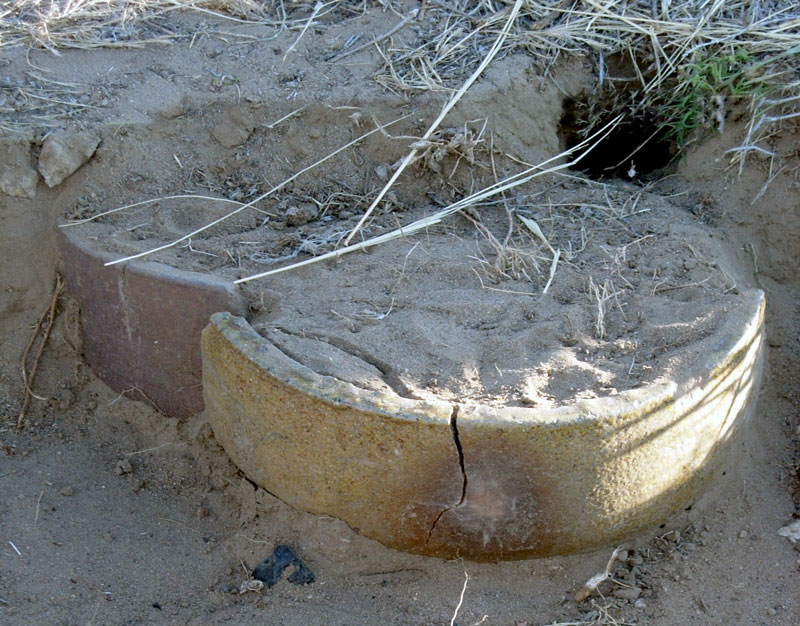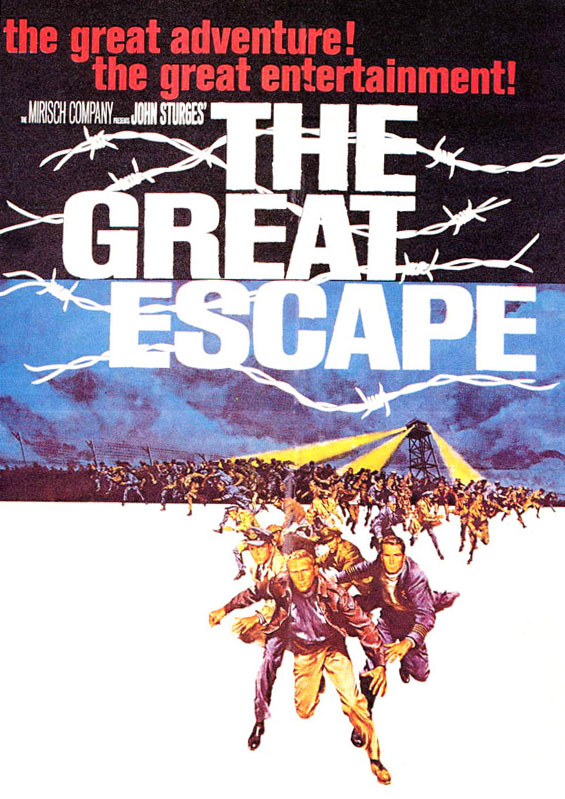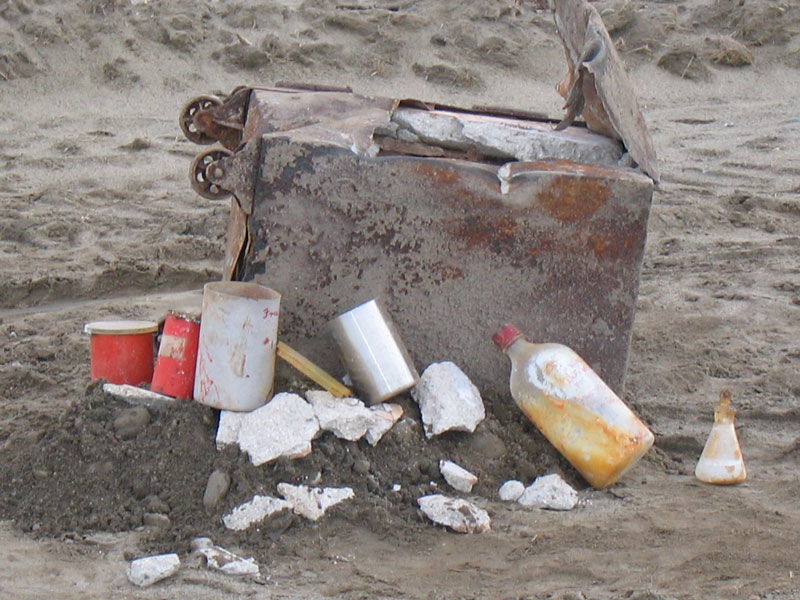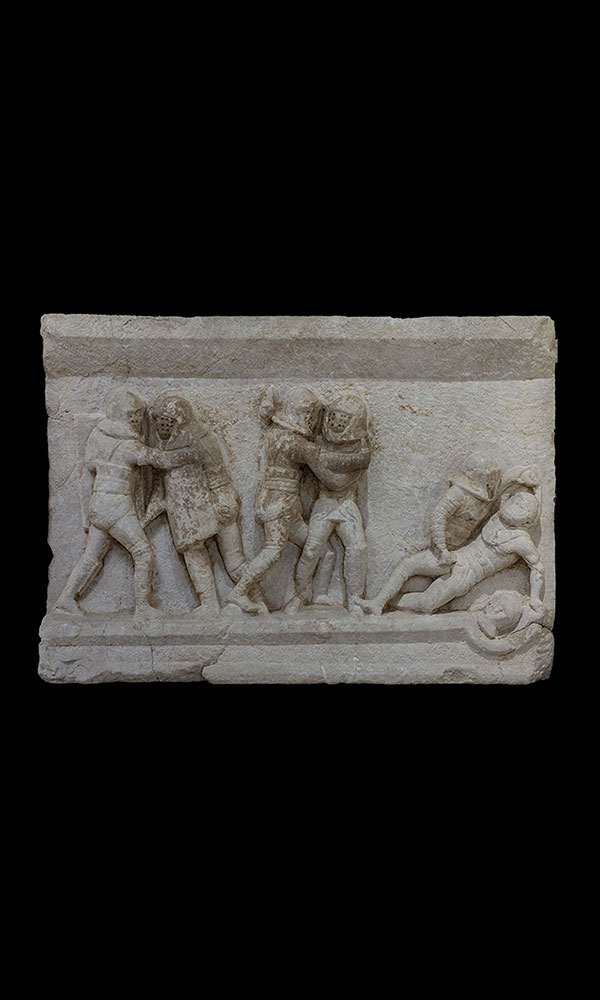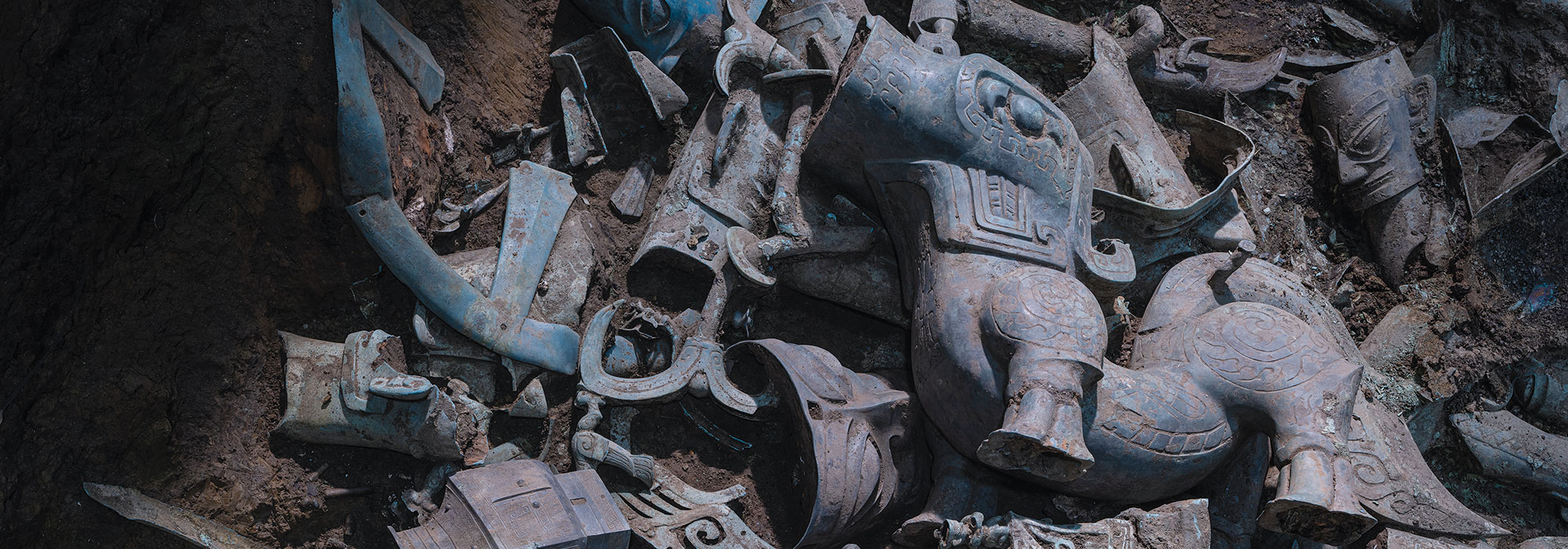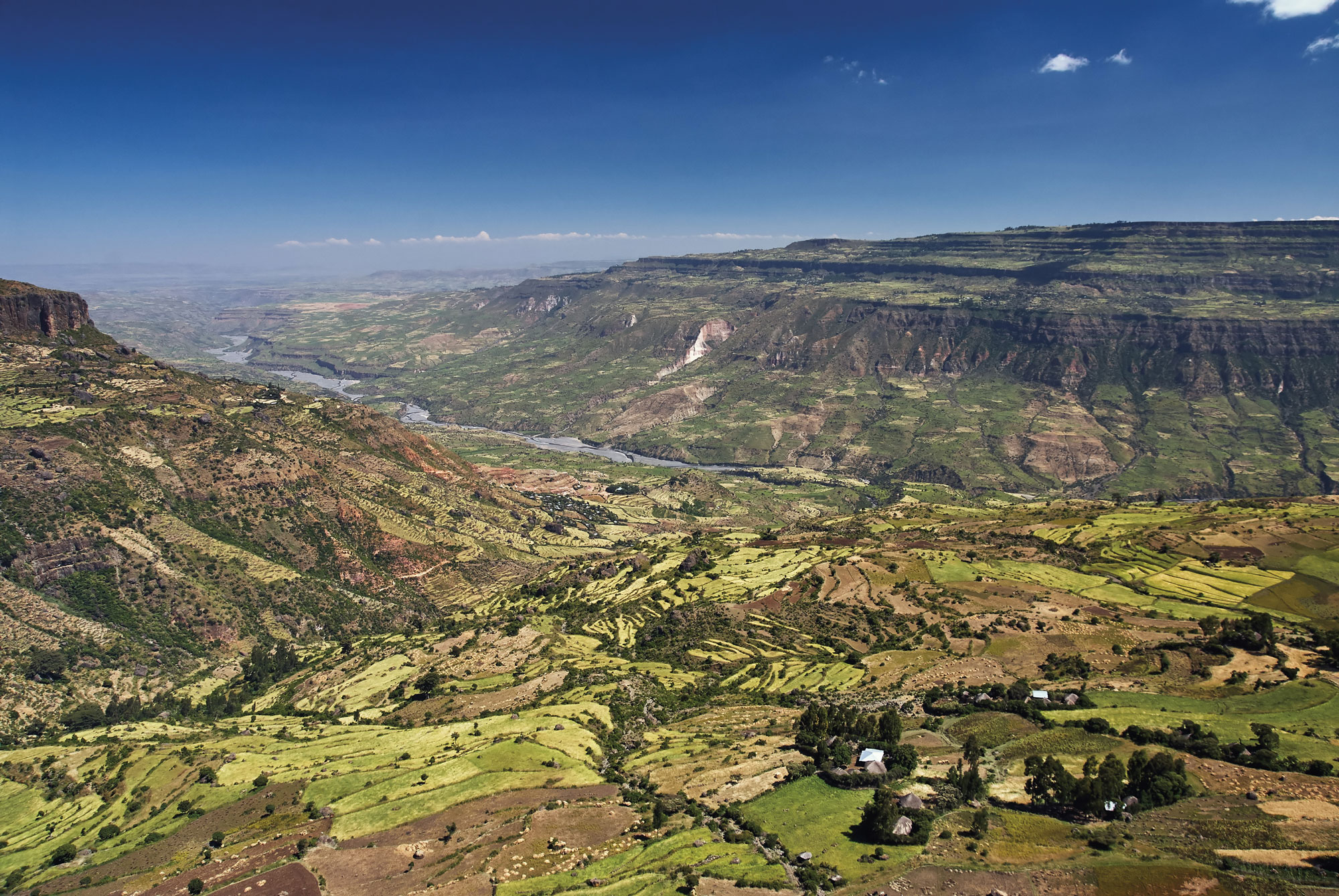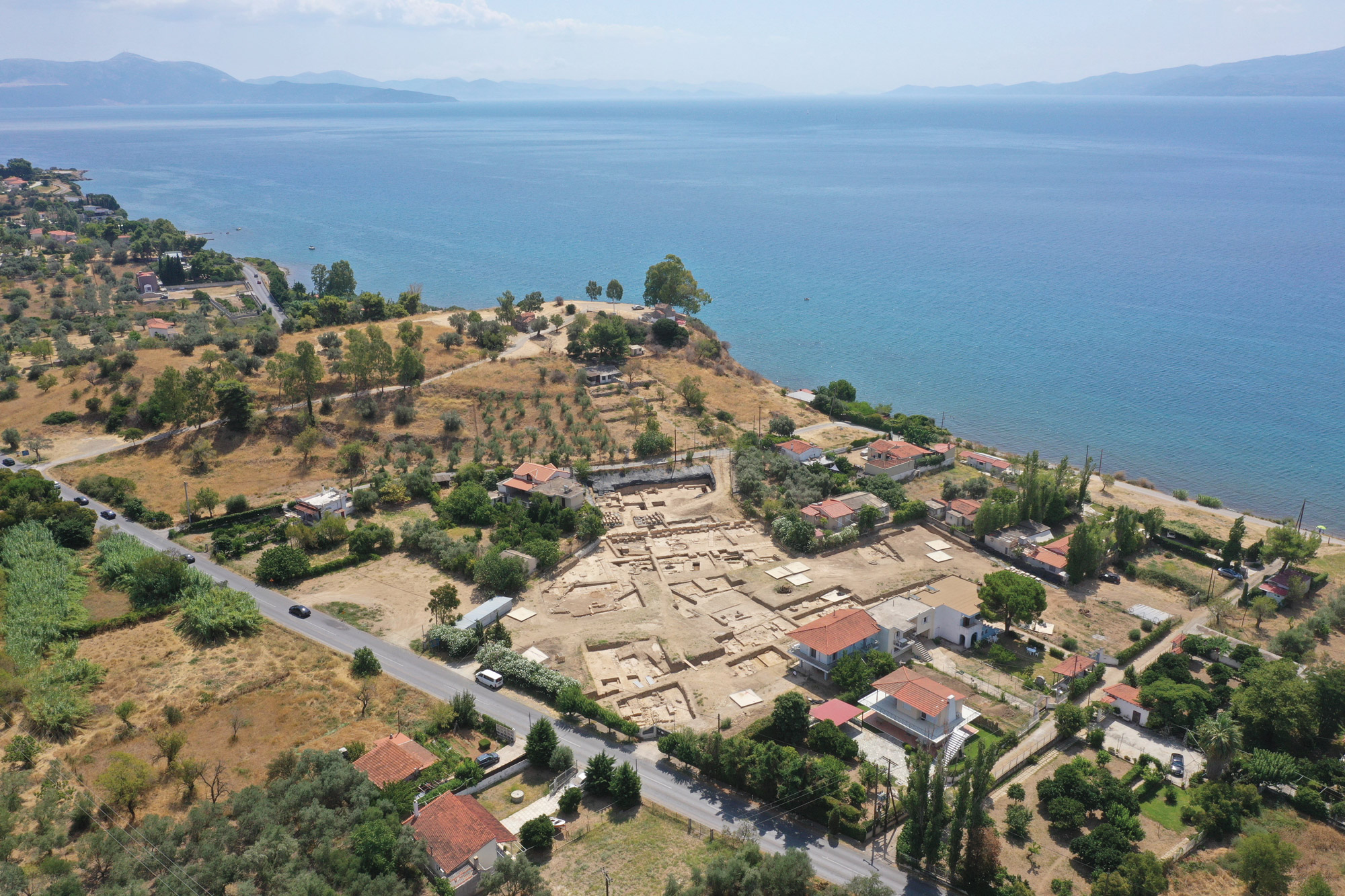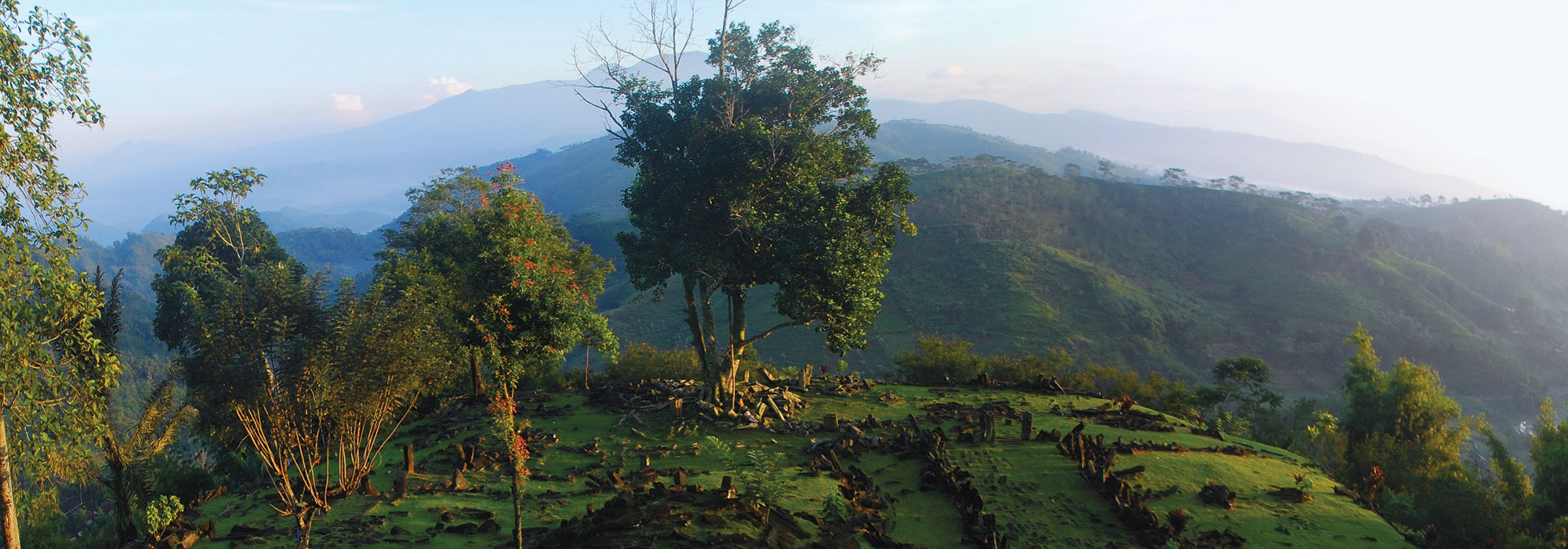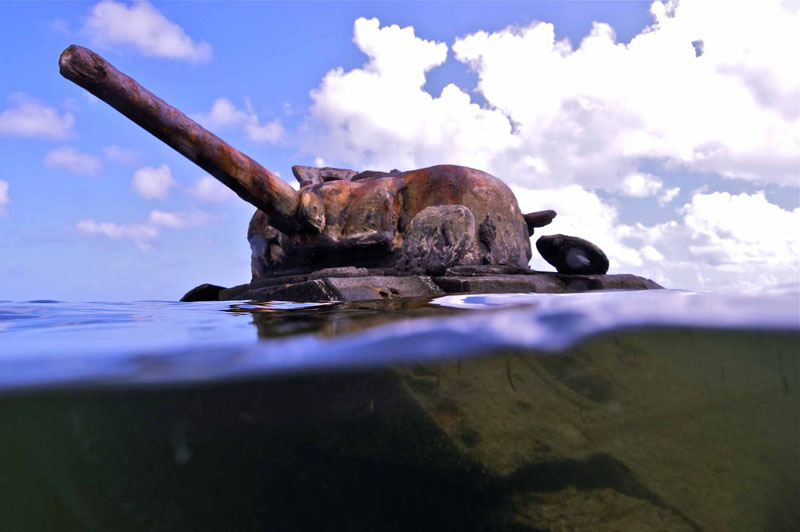
(Courtesy Ships of Discovery)
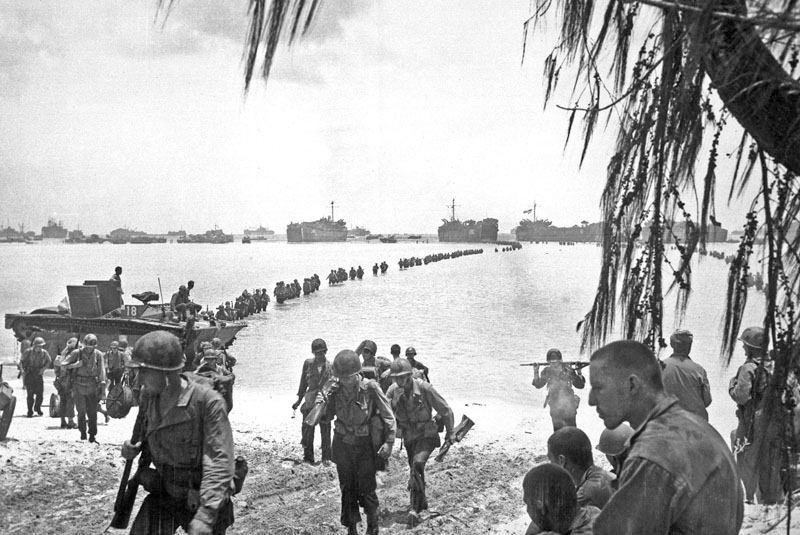
(Laudanksy/NARA FILE # 111-SC-191475 War and Conflict Book# 1168)
On June 15, 1944, a massive U.S. invasion fleet stormed the beaches of Saipan, the largest of the Mariana Islands. The capture of this strategic target would put Japan within reach of the Americans’ new land-based, long-range B-29 bombers, and provide a possible base for an invasion of the country. Now, with a grant from the National Park Service American Battlefield Protection Program, maritime archaeologist Jennifer McKinnon is leading a project to survey a 12-mile stretch of Saipan’s lagoons and record the battle’s story through the remains of vehicles, weapons, and personal items left behind by nearly 100,000 Japanese and American troops.
“I want to define the scope and tactics of the whole Battle of Saipan,” says McKinnon, “and also use archaeology to try to piece together individual engagements and finer details that may have had a bearing on its outcome.” For example, McKinnon’s team has found an LVT (Landing Vehicle Tracked—an amphibious vehicle introduced by the U.S. in World War II) with surprising evidence of battlefield modifications. Soldiers had added extra boilerplate to the LVT’s bow and around the top of the unshielded gun, enhancing the vehicle’s durability. This modification was previously unknown from either the historical or oral testimony. News of the change found its way back to the manufacturer, Food Machinery Corporation, where it became standard on a future model known as the “Marianas Model.”
So far McKinnon’s team has surveyed and mapped four airplanes—two American and two Japanese—three U.S. Sherman tanks, two Japanese Daihatsu landing craft, a possible Japanese sub chaser, a Japanese merchant ship that carried Korean conscripts, and several LVTs. These finds, in addition to the dozens more McKinnon knows from archaeological surveys and local sources, are in or immediately outside the lagoon and will be incorporated into a WWII underwater heritage trail.


